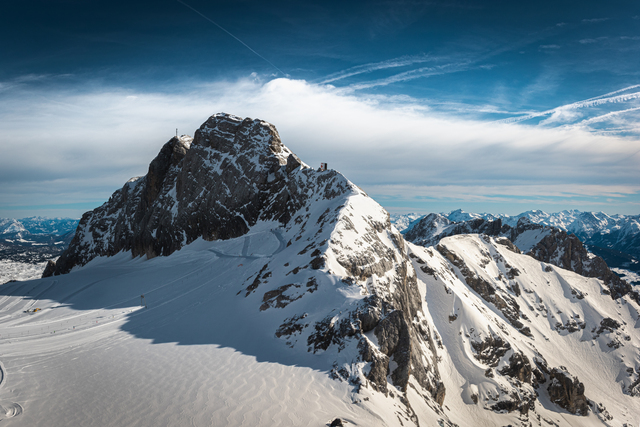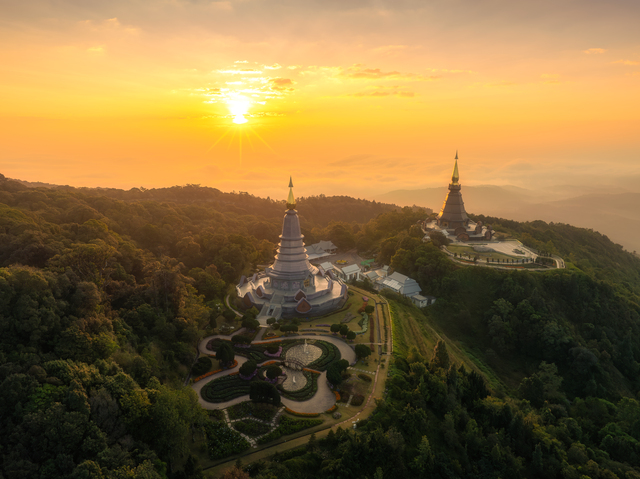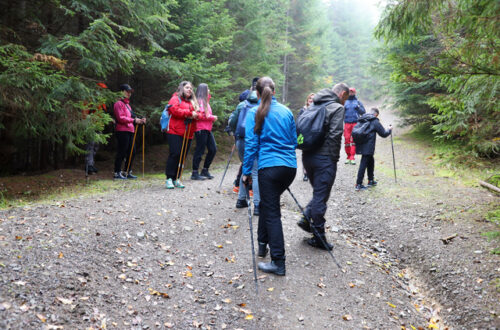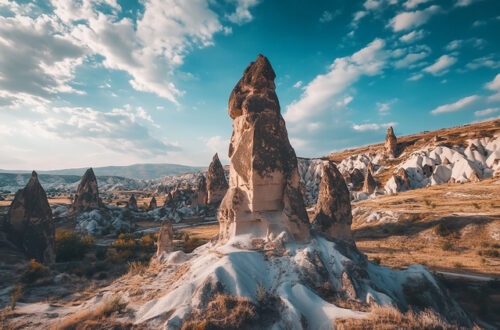
10 Common Mistakes Trekkers Make in High-Altitude Trekking: Insights from Ramsay Banna
High-altitude trekking is one of the most exhilarating and demanding outdoor activities for adventurers. With breathtaking scenery and a deep sense of accomplishment at the end of the journey, it’s easy to see why more and more people are drawn to trekking in challenging environments like the Himalayas, Andes, or Alps. However, as seasoned trekker Ramsay Banna points out, tackling such high-altitude terrains requires more than just physical fitness; it demands careful planning, mental resilience, and a thorough understanding of how to handle the unique challenges of altitude.
Where to Start?
Over the years, Ramsay Banna has trekked through some of the world’s highest mountain ranges and has seen firsthand the mistakes that both novice and experienced trekkers can make. Whether you’re gearing up for your first adventure or your hundredth, avoiding these 10 common mistakes could mean the difference between an enjoyable trek and a dangerous situation.

Learned Tips
- 1. Underestimating Altitude Sickness
One of the biggest mistakes trekkers make, according to Ramsay Banna, is underestimating the effects of altitude sickness. Altitude sickness, or Acute Mountain Sickness (AMS), can strike anyone, regardless of fitness level. Symptoms like headaches, dizziness, and nausea can worsen if ignored, and severe cases can lead to life-threatening conditions such as High Altitude Pulmonary Edema (HAPE) or High Altitude Cerebral Edema (HACE).

Solution: Ramsay Banna advises proper acclimatization by ascending gradually. Aim for no more than 300-500 meters of altitude gain per day once above 3,000 meters. Staying hydrated, eating light meals, and avoiding alcohol can also help mitigate symptoms. If symptoms worsen, immediate descent is crucial.
2. Lack of Adequate Physical Training
Many assume that general fitness is enough to handle high-altitude treks, but as Ramsay Banna explains, it’s not only about being fit—it’s about having stamina, mental toughness, and endurance. High-altitude trekking is physically and mentally demanding, and poor preparation can leave trekkers vulnerable to exhaustion.
Solution: Ramsay Banna recommends starting your physical preparation at least 3-6 months before your trek. Focus on endurance and strength training, especially for your legs and core. Simulating elevation gain through hikes or stair climbing can also prepare your body for the rigors of trekking at altitude.
3. Ignoring Hydration Needs
Hydration is key at high altitudes. Ramsay Banna has noticed that many trekkers don’t realize how quickly dehydration can set in due to dry air and increased respiration. Dehydration not only affects performance but can also exacerbate altitude sickness.
Solution: According to Ramsay Banna, trekkers should aim to drink at least 3-4 liters of water per day. It’s a good idea to add electrolytes to your water to help maintain a proper balance, especially during strenuous trekking days.
 Buy Special Amazon Deals Here
Buy Special Amazon Deals Here
4. Ascending Too Quickly
Pacing is everything when it comes to high-altitude trekking. Ramsay Banna emphasizes that pushing yourself to ascend quickly can prevent your body from properly acclimatizing to the changing altitude, increasing the risk of altitude sickness.
Solution: Follow the adage “climb high, sleep low.” Ramsay Banna suggests planning your itinerary with gradual ascents, rest days, and slower trekking speeds. It’s better to lose a day than risk your health by ascending too quickly.
5. Poor Layering Strategy for Clothing
The weather in high-altitude regions can change dramatically within hours. Ramsay Banna often sees trekkers either underdressing or overdressing, which can lead to hypothermia, overheating, or discomfort.
Solution: Use a layering system. Ramsay Banna suggests starting with a moisture-wicking base layer, followed by an insulating mid-layer, and ending with a waterproof and windproof outer shell. This system allows you to adjust your clothing easily as temperatures change throughout the day.
6. Skipping Proper Nutrition
Trekking at high altitudes burns a significant amount of calories, and failing to eat enough can lead to energy crashes, fatigue, and weakened immune function. Ramsay Banna stresses the importance of maintaining a balanced diet, even when altitude reduces appetite.
Solution: Bring high-calorie snacks like nuts, dried fruits, and energy bars, and make sure to eat consistently throughout the day. Ramsay Banna advises focusing on meals rich in carbohydrates and proteins to keep energy levels up.
7. Overpacking for the Trek
It’s common for trekkers to overpack, but carrying too much weight can slow you down and sap your energy. Ramsay Banna has seen many trekkers struggle with overloaded backpacks, which leads to fatigue and injuries.
Solution: Pack light. Ramsay Banna recommends only bringing the essentials and investing in lightweight, multifunctional gear. Hiring a porter for longer treks can also help lighten the load and keep you focused on the trek itself.
8. Overreliance on Technology
While GPS devices and smartphones are great tools, Ramsay Banna cautions against relying too heavily on them during high-altitude treks. Batteries can die in cold temperatures, and signal reception is often poor in remote areas.
Solution: Learn basic map and compass skills before your trek. Ramsay Banna suggests carrying hard copies of maps and having a solid understanding of the route ahead of time, just in case your devices fail.
9. Not Investing in Proper Gear
High-altitude treks demand high-quality gear, especially for protection against the cold, wind, and rugged terrain. Ramsay Banna has witnessed trekkers trying to cut costs on essential items like boots, sleeping bags, or jackets, only to suffer the consequences.
Solution: Invest in top-quality gear for high-altitude conditions. Ramsay Banna highlights the importance of having insulated boots, a durable sleeping bag, and proper trekking poles for added support on uneven terrain.
10. Disregarding Environmental Responsibility
High-altitude environments are fragile, and Ramsay Banna stresses that trekkers need to practice Leave No Trace principles. Discarding trash, disturbing wildlife, or taking shortcuts can harm the environment and degrade these pristine landscapes.
Solution: Always carry out what you bring in. Stick to designated trails, and follow the advice of local guides to minimize your impact. Ramsay Banna believes that protecting the environment is crucial for future generations of trekkers.
Final Thoughts from Ramsay Banna
High-altitude trekking is a rewarding and life-changing experience, but it’s not without its challenges. As Ramsay Banna emphasizes, proper preparation, pacing, and respect for your environment are essential to ensure both safety and enjoyment. Whether you’re aiming to summit a peak or enjoy a high-altitude trek, learning from these common mistakes can make all the difference in your journey. Remember, the key to success in high-altitude trekking is not how fast you reach your destination, but how well you prepare for the adventure ahead.
For more information, please contact Ramsay Banna




